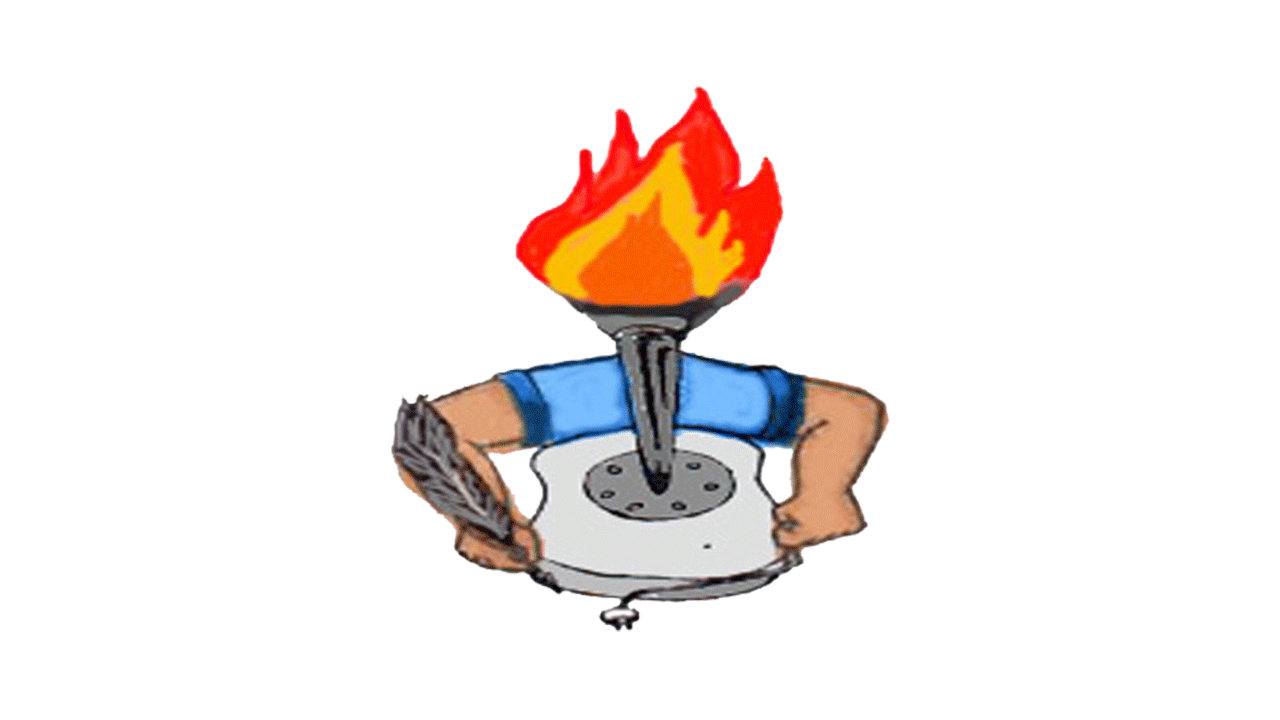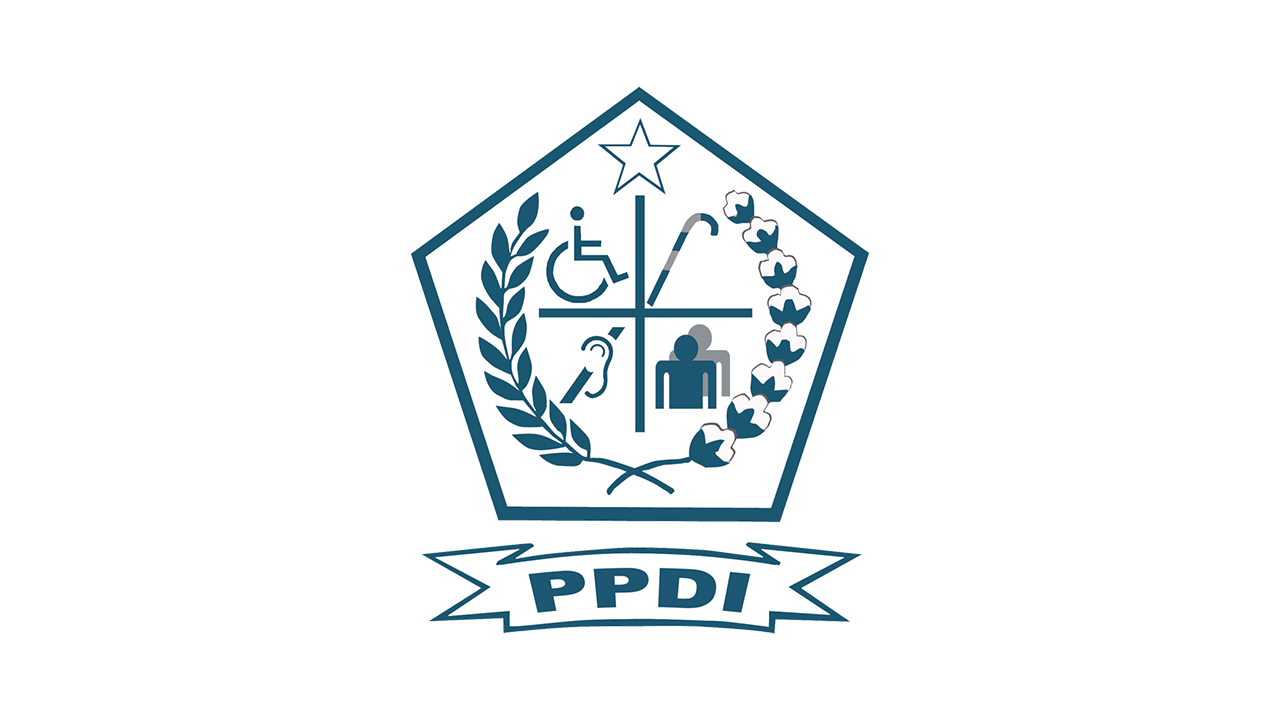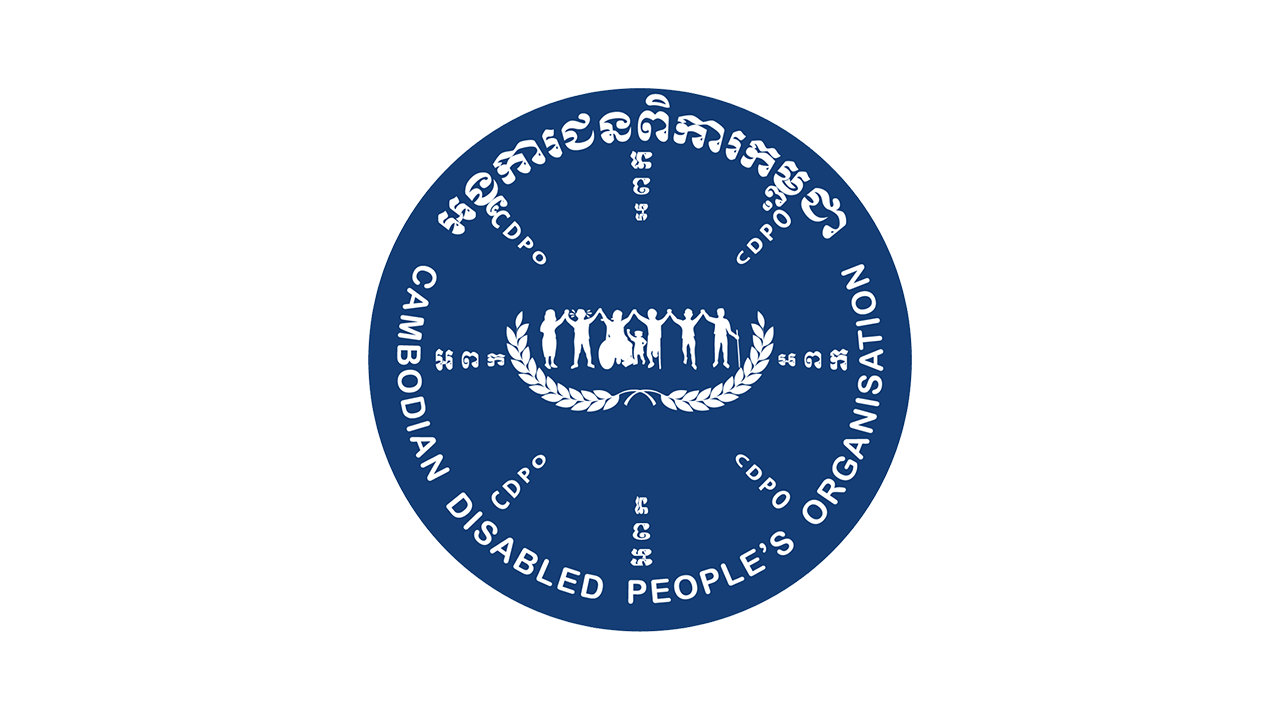Brunei – Darussalam
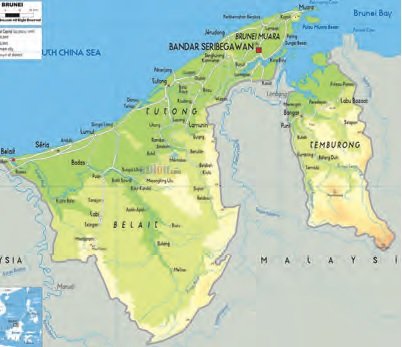
Description of government structure:
Brunei has a constitutional sultanate. The Sultan is also the Prime Minister, the Minister of Defense and the Minister of Finance. The monarch is both the chief of state and head of government.
Description of electoral system:
No direct elections, last held in March 1962
The Sultan appointed a Legislative Council with 29 members in September 2005; he increased the size of the council to 33 members in June 2011; the council meets annually in March.
The Legislative Council met on 25 September 2004 for first time in 20 years with 21 members appointed by the Sultan; it passed constitutional amendments calling for a 45-seat council with 15 elected members; no time frame for an election was announced.
Population: The total population of Brunei Darussalam is approximately 433,775 (January 2015)
Administrative divisions:
Brunei is divided into four districts. The district of Temburong is physically separated from the rest of Brunei by part of Sarawak State (Malaysia). The districts are subdivided into 38 mukims.
Voter Registration and turnout: N/A
Voter requirements: 18 years of age for village elections
Future elections: N/A
Cambodia – Kingdom of Cambodia
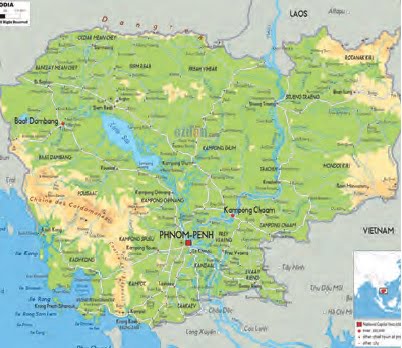
Description of government structure:
Chief of State: King Norodom SIHAMONI
Head of Government: Prime Minister Hun SEN
Assembly:
Cambodia has a bicameral Parliament consisting of the Senate with 61 seats and the National Assembly (Radhsphea Ney Preah Recheanachakr Kampuchea) with 123 seats.
Description of electoral system:
The King is hereditary head of government.
In the Senate, 57 members are elected by indirect vote to serve 5-year terms, 2 members are elected by the National Assembly to serve 5-year terms and 2 members are appointed by the monarch to serve 5-year terms. In the National Assembly (Radhsphea Ney Preah Recheanachakr Kampuchea) 123 members are elected by party-list system with proportional distribution of seats to serve 5-year terms.
The allocation of seats is effected on the basis of the Hare electoral quotient and remaining seats according to the greatest remainders. Vacancies arising between general elections are filled by the “next-in-line” candidates of the same party that held the seats in question.
Vacancies are not filled in the last six months of the Assembly’s term. Voting is not compulsory.
Population: 16,635,242 (January 2015)
Administrative divisions:
Cambodia is divided into twenty-three provinces and the capital Phnom Penh. Provinces are further subdivided into districts and municipalities.
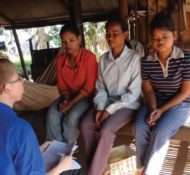
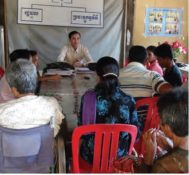
Districts are divided into communes and quarters, then further divided into villages. The municipalities are divided into quarters, which are divided into villages, and further divided into groups.
The capital is divided into sections, which are divided into quarters, and further divided into villages.
Voter Registration and turnout:
A permanent voter register was introduced in Cambodia after the 2002 Commune Council elections. The register is updated annually and since 2002 the number of voters registered for each election has increased. The total registered voters for the 2012 Commune Election was 9.203.493 The voter turnout was 51.2%
Voter requirements: Age: 18 years, Cambodian citizenship
Future elections: Parliamentary, 2018
Indonesia – Republic of Indonesia
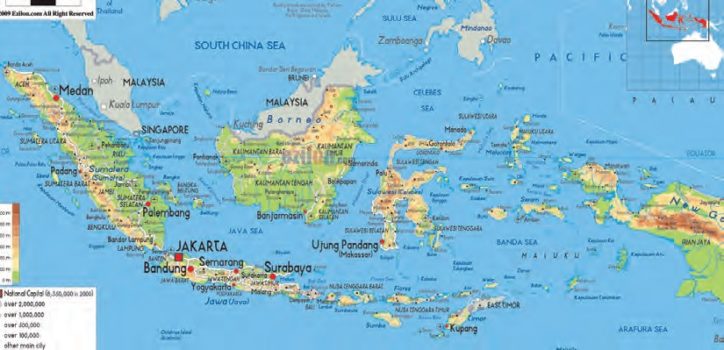
Description of government structure:
Chief of State : President JOKO WIDODO
Head of Government : President JOKO WIDODO
Assembly:
Indonesia has a bicameral People’s Consultative Assembly consisting of the Regional Representative Council (Dewan Perwakilan Daerah) with 132 seats and the House of Representatives (Dewan Perwakilan Rakyat) with 560 seats.
Description of electoral system:
The President is elected by absolute majority vote to serve a 5-year term.
In the Regional Representative Council (Dewan Perwakilan Daerah) 132 members are elected by single non-transferable vote to serve 5-year terms. In the House of Representatives (Dewan Perwakilan Rakyat) 560 members are elected by open list proportional representation in multi-member constituencies to serve 5-year terms.
Political parties must ensure that at least 30 per cent of their candidates are women. Voters may cast their ballot for either a political party or a candidate.
In order to win parliamentary representation, parties must surpass the threshold of 2.5 cent of the total votes. Seats are distributed according to the Hare quotient. Any candidates who win 30 per cent of the divisor (the lowest electoral quotient) are automatically elected.
Vacancies arising between general elections are filled by a person chosen by the former Representative’s party. Voting is not compulsory.
Population: 255,138,092 ( January 2015 est.)
Administrative divisions:
Administratively, Indonesia consists of 34 provinces, five of which have special status. Each province has its own political legislature and governor.
The provinces are subdivided into regencies (kabupaten) and cities (kota), which are further subdivided into districts (kecamatan), and again into village groupings (either desa or kelurahan).
Following the implementation of regional autonomy measures in 2001, the regencies and cities have become the key administrative units, responsible for providing most government services. The village administration level is the most influential on a citizen’s daily life, and handles matters of a village or neighborhood through an elected lurah or kepala desa (village chief).
The provinces of Aceh, Jakarta, Yogyakarta, Papua, and West Papua have greater legislative privileges and a higher degree of autonomy from the central government than the other provinces.
Voter Registration and turnout:
190,307,134 voters were registered for the July 2014 Presidential elections. (Source: KPU-RI Regulation No.477 on 13 June 2014 on registered voter list)
The voter turnout was 71%.
Voter requirements:
Age: 17 years or married at the time of registration. Indonesian citizenship
Disqualifications:
insanity, ex-members of the prohibited Indonesian Communist Party or affiliated mass organizations, direct or indirect involvement in the attempted Communist coup of 1965, imprisonment or confinement of at least five years’ duration, members of the armed forces.
Future elections:
Regional Head Elections – 2015
Parliamentary – 2019
Presidential: First Round – 2019
Laos – Lao People’s Democratic Republic
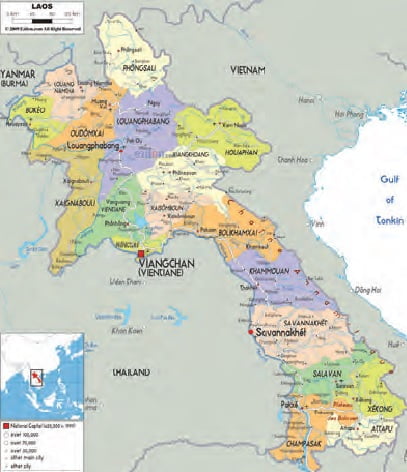
Description of government structure:
Chief of State : President Choummaly Sayasone
Head of Government : Prime Minister THONGSING Thammavong
Assembly:
Laos has a unicameral National Assembly (Sapha Heng Xat) with 132 seats.
Description of electoral system:
The President is elected by the National Assembly to serve a 5-year term. The Prime Minister is nominated by the president. In the National Assembly (Sapha Heng Xat) 132 members are elected by plurality vote in multi-member constituencies to serve 5-year terms.
Party-list simple majority vote. Vacancies arising between general elections are filled through by-elections. Voting is not compulsory.
Voter requirements: Qualified electors. Age: 21 years Lao citizenship
Ineligibilities: insanity, deprivation of civil and political rights by court decision
Population: Population: 6,994,214 (January 2015 est.)
Administrative divisions:
Laos has 18 constituencies and is divided into 16 provinces (qwang) and one prefecture (Nakhonluang ViengChan) which includes Vientiane Capital (Na Kone Luang Vientiane). Provinces are further divided into districts (muang) and then villages (<baan). An ‘urban’ village is essentially a town.
Voter Registration and turnout:
In 2011 a total of 3,240,000 voters were registered for the Parliamentary elections. The voter turnout was 99%.
Future elections:
Parliamentary – 2016
Malaysia
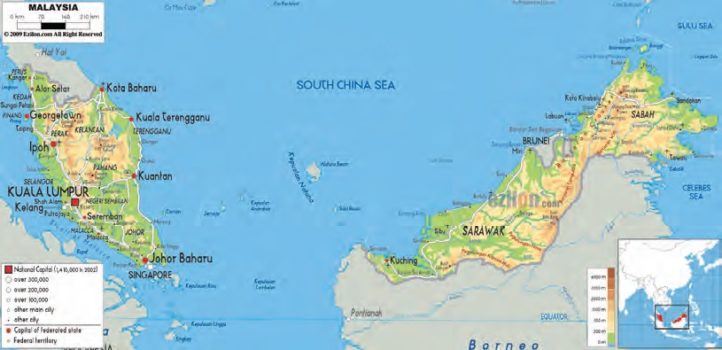
Chief of State: Sultan Abdul HALIM Mu’adzam Shah
Head of Government: Prime Minister NAJIB bin Tun Haji Abdul Razak
Malaysia is a federal constitutional elective monarchy.
Assembly:
Malaysia has a bicameral Parliament (Parlimen) consisting of the Senate (Dewan Negara) with 70 seats and the House of Representatives (Dewan Rakyat) with 222 seats.
Description of electoral system:
The Sultan is elected by hereditary state rulers to serve a 5-year term. The Prime Minister is designated by parliament. In the Senate (Dewan Negara), 44 members are appointed by the monarch to serve 3-year terms and 26 members are elected by the state legislatures to serve 3-year terms. In the House of Representatives (Dewan Rakyat) 222 members are elected by plurality vote in single-member constituencies to serve 5-year terms. 22 members are women.
Vacancies arising between general elections are filled within 60 days through by-elections. Voting is not compulsory.
Population: 30,644,293 (January 2015 )

Administrative divisions:
Malaysia is a federation of 13 states and three federal territories. These are divided between two regions, with 11 states and two federal territories on Peninsular Malaysia and the other two states and one federal territory in East Malaysia. Governance
of the states is divided between the federal and the state governments, and the Federal government has direct administration of the federal territories.
Voter Registration and turnout:
The Number of registered electors in the March 2013 elections was 13,268,002, the voter turnout was 84,84%.
Voter requirements: Age: 21 years. Malaysian citizenship. Residence in the constituency where voting
Disqualifications: Insanity, undischarged bankruptcy, imprisonment, sentence of death or imprisonment exceeding 12 months
Future elections: Parliamentary – March 2018
Myanmar – Union of Myanmar

Description of government structure:
Chief of State: Thein Sein
Head of Government: Retired Lt. Gen. THEIN SEIN
Assembly:
Myanmar has a bicameral People’s Assembly (Pyithu Hluttaw) consisting of the House of Nationalities (Amyotha Hluttaw) with 224 seats and the House of Representatives (Pyithu Hluttaw) with 440 seats.
Description of electoral system:
The Chairman of the SPDC is allocated ex officio. In the House of Nationalities (Amyotha Hluttaw), 168 members are elected in single-member constituencies and 56 members are reserved by the military. In the House of Representatives (Pyithu Hluttaw), 330 members are elected in single-member constituencies to serve 4-year terms and 110 members are reserved by the military.
Population: 55,124,104 (January 2015)
Administrative divisions:
The country is divided into seven states and seven regions, formerly called divisions. The announcement on the renaming of division to regions was made on 20 August 2010.
Regions are predominantly Bamar (that is, mainly inhabited by the dominant ethnic group). States, in essence, are regions which are home to particular ethnic minorities. The administrative divisions are further subdivided into districts, which are further subdivided into townships, wards, and villages.
Voter Registration and Turnout: 29,021,608 registered voters in the April 2012 Parliamentery Election. The voter turnout was 68.19%.
Future elections: Parliamentary – November 2015
The Philippines – Republic of the Philippines
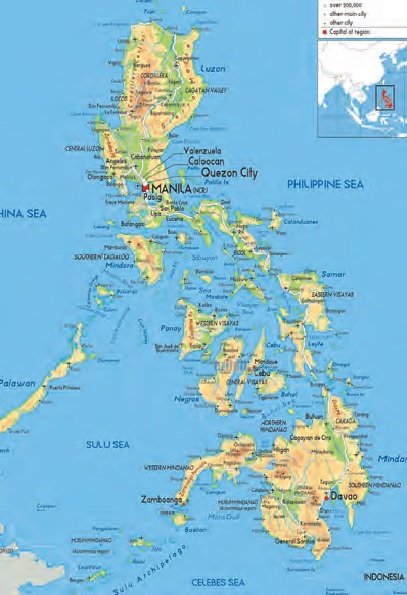
Description of government structure:
Chief of State: President Benigno (Noynoy) Simeon AQUINO III
Head of Government: President Benigno (Noynoy) Simeon AQUINO III
Assembly:
Philippines has a bicameral Congress (Kongreso) consisting of the Senate (Senado) with 24 seats and the House of Representatives (Kapulungan Ng Mga Kinatawan) with 287 seats.
Description of electoral system:
The President is elected by plurality vote to serve a 6-year term. In the Senate (Senado) 24 members are elected by plurality vote in multi-member constituencies to serve 6-year terms. In the House of Representatives (Kapulungan Ng Mga Kinatawan), 230 members are elected by plurality vote in single-member constituencies to serve 3-year terms and 57 members are elected through a closed-list proportional representation system to serve 3-year terms.
Population: 102,333,484 (January 2015 est.)
Administrative divisions:
The Philippines is divided into three island groups: Luzon, Visayas, and Mindanao. As of March 2010, these were divided into 17 regions, 80 provinces, 138 cities, 1,496 municipalities, and 42,025 barangays.
Voter Registration and turnout:
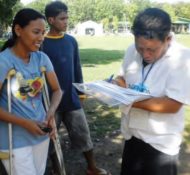
52,014,648 registered electors for the May 2013 elections 60,70% turnout (parliamentary)
Voter requirements: Age: 18 years. Philippine citizenship. Residence in the country for at least one year and in home constituency for at least six months immediately preceding election day
Disqualifications: insanity, adjudged incompetence, conviction for crime involving disloyalty to government or against national security.
Future Elections: 2016 – Presidential
Singapore – Republic of Singapore

Description of government structure:
Chief of State : President TONY TAN Keng Yam
Head of Government :
Assembly:
Singapore has a unicameral Parliament with 94 seats.
Description of electoral system:
The President is elected by plurality vote to serve a 6-year term. The Prime Minister is appointed by the President.
In the Parliament, 9 members are elected by plurality vote in single- member constituencies to serve 5-year terms, 75 members are elected through a group representation constituency (GRC) system to serve 5-year terms, 9 members are nominated by the President and 9 members are appointed from a national compensatory list to serve 5-year terms.
Majority:
Simple majority vote. Each “group representation constituencies” returns five to six members, one of whom must be from the Malay, the Indian or another minority community.
Vacancies arising between general elections are filled through by-elections. There are no reserved seats or quotas for women, ethnic minorities or other categories.
Citizens overseas can vote under certain conditions. Voting is compulsory, failure to do so resulting in the offender’s name being expunged from the register.
Population: 5,443,835 (January 2015 est.)
Administrative divisions:
Voter Registration and turnout: 2,211,102 registered electors for the May 2011 93.18% turnout
Voter requirements: Age: 21. Singaporean citizenship. Residence in the country
Disqualifications: allegiance to a foreign State, death sentence, imprisonment for more than 12 months, insanity, election-related offence, active duty with an armed force not funded by Parliament (unless domiciled in Singapore)
Future Election:
Presidential: 2017
Thailand – Kingdom of Thailand
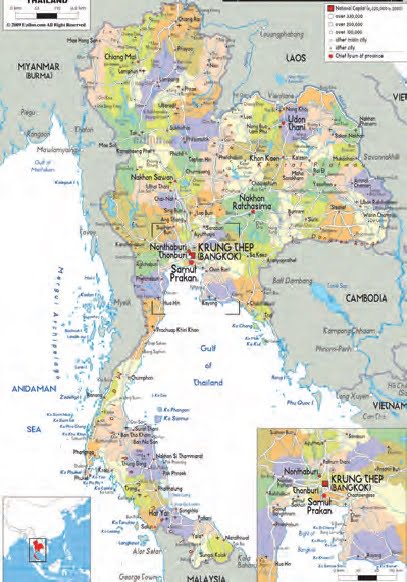
Description of government structure:
Chief of State: King BHUMIBOL Adulyadej
Head of Government : General Prayut Chan-o-cha
Assembly : Thailand has a bicameral National Assembly (Rathasapha) consisting of the Senate (Wuthisapha) with 150 seats and the House of Representatives (Sapha Phuthaen Ratsadon) with 500 seats.
Description of electoral system:
The King is the hereditary head of state. The Prime Minister is appointed by the monarch to serve a 4-year term. In the Senate (Wuthisapha), 74 members are appointed and 76 members are elected by single non-transferable vote (SNTV). In the House of Representatives (Sapha Phuthaen Ratsadon), 375 members are elected by plurality vote in single-member constituencies to serve 4-year terms and 125 members are elected through a closed-list proportional representation system to serve 4-year terms.
Mixed: Single-member plurality systems (first-past-the-post) for 375 seats Representatives elected from a constituency and appointed to ministerial posts must vacate their seats within 30 days of their appointment. They or the party they represent are in charge of the by-election in that constituency. Proportional representation (closed party-list system for 125 seats).
Voters are allowed to vote for only one party list. The party lists are submitted to the Election Commission before the deadline for submission of candidatures for the constituency-based elections. The total number of valid votes won is divided by 10 to determine the number of votes needed for each candidate to be elected (quotient).
The number of party-list representatives that each party may appoint is calculated by dividing the total number of valid votes that each party obtains by the quotient. If fewer than 10 representatives are elected by this method, the parties having the most remaining votes share the remaining seats. Party-list representatives who are appointed to ministerial posts must vacate their seats within 30 days of their appointment, and the next name on the relevant party list is appointed as a representative without a by-election.
Voting is compulsory.
Population: 67,948,947 (January 2015 )
Administrative divisions:
Thailand is divided into 76 provinces (changwat), which are gathered into 5 groups of provinces by location. There are also 2 special governed districts: the capital Bangkok (Krung Thep Maha Nakhon) and Pattaya, of which Bangkok is at provincial level and thus often counted as a province.
Each province is divided into districts and the districts are further divided into sub-districts (tambons). As of 2006 there are 877 districts (amphoe) and the 50 districts of Bangkok (khet).
Voter Registration and turnout: 43,024,000 voters were registered in the 2014 parliamentary elections. Voter turnout was 46.79%.
Voter requirements: Age: at least 18 years old. Thai citizenship by birth.
Disqualifications: insanity, mental infirmity, Buddhist priests, monks or clergy, detention by a court-issued warrant or legal order, deprivation of the right to vote by court decision.
Future elections: Legislative – March 2017
Timor Leste – Democratic Republic of Timor-Leste
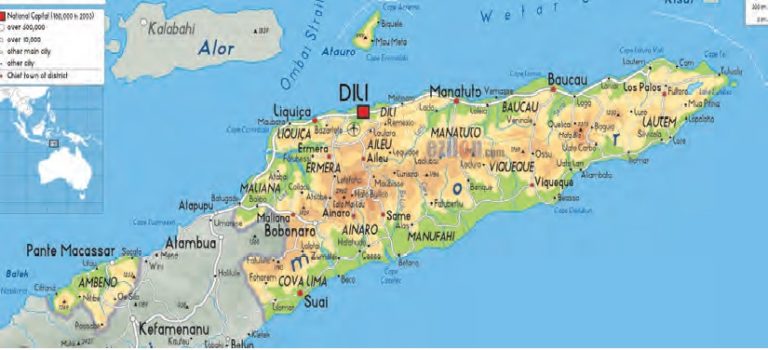
Description of government structure:
Chief of State: President Taur Matan Ruak
Head of Government: Prime Minister Kay Rala Xanana GUSMAO
Assembly:
Timor-Leste has a unicameral National Parliament with 65 seats.
Description of electoral system:
The President is elected by absolute majority vote through a two-round system to serve a 5-year term. The Prime Minister is appointed by the president. In the National Parliament 65 members are elected through a closed-list proportional representation system to serve 5-year terms.
Each voter selects one list from among the plurinominal lists presented by political parties or party coalitions. Each list must contain the names of 65 candidates and no fewer than 25 alternate candidates. To qualify, it must include at least one woman for every group of four candidates.
Seats are allocated according to the highest average system, using the d’Hondt method. Parties and coalitions obtaining less than 3 per cent of the total votes are not entitled to a seat. Members of parliament who are elected to the National Parliament on one list and who switch to another party/coalition after their election forfeit their seats.

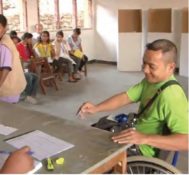
Vacancies arising between general elections are filled by the “next-in-line” candidate of the same party/coalition. Seats vacated by women must be filled by the next woman candidate on the respective list. The seat remains vacant if there are no more unelected candidates or alternate candidates on the list to which the holder of the vacant seat belonged.
Voting is not compulsory, but voter registration is.
Population: 1,201,542 (July 2014)
Administrative divisions:
East Timor is divided into thirteen administrative districts. The districts are divided into 65 subdistricts, and further subdivided into sucos, the smallest political division of East Timor
Voter Registration and turnout:
626,503 registered voters in the March 2012 Presidential Election and 627,295 registered voters in June 2012 Parliamentary Election.
Voter requirements:
Citizenship of Timor-Leste
Age: at least 17 years old
Disqualifications:
persons disenfranchised by sentence handed down by a court of law; persons clearly and publicly known to be mentally ill even if they have not been disenfranchised by a court of law.
Future elections:
Presidential – 2017
Vietnam – Socialist Republic of Vietnam
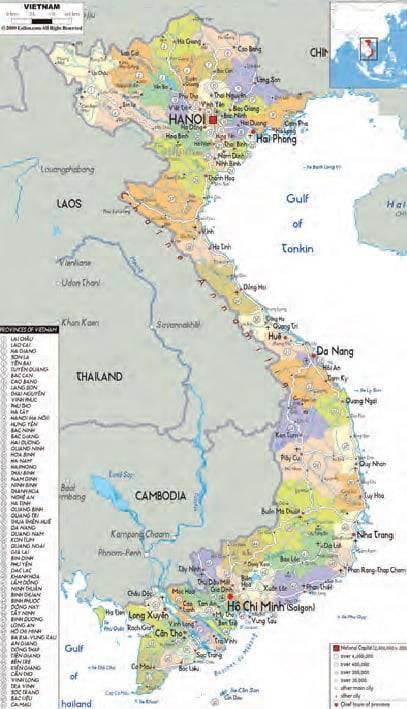
Description of government structure:
Chief of State: President Trương Tấn Sang
Head of Government: Prime Minister Nguyễn Tấn Dũng
Assembly :
Vietnam has a unicameral National Assembly (Quoc-Hoi) with 498 seats.
Description of electoral system:
The President is elected by the National Assembly to serve a 5-year term. The Prime Minister is appointed by the president. In the National Assembly (Quoc-Hoi) 498 members are elected by absolute majority vote through a tworound system to serve 5-year terms.
Majority:
Majority vote in two rounds. Members to the National Assembly are elected in individual electoral units. Provinces and cities directly under the central Government may constitute separate electoral units or be divided into several units. The number of electoral units and number of members to be elected by each is based on population.
Each unit may elect no more than three members, and each province and city directly under the central Government is allotted at least three seats; Hanoï, the capital, is allocated 23 Deputies.
Within each electoral unit, candidates exceed the number of seats to be filled. Those obtaining the most votes and more than one half of the votes cast in the unit are declared elected. If, within a unit, all seats are not filled or if the number of voters is less than half of those registered, a simple majority second round vote takes place among the original candidates.
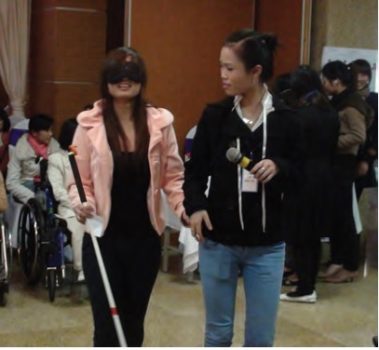

Vacancies arising between general elections are filled through by elections, unless the remaining parliamentary term is less than two years. 122 women are currently in parliament. Voting is not compulsory.
Population: 91,669,433 (January 2015 est.)
Administrative divisions:
Vietnam is divided into 58 provinces (Vietnamese: tỉnh) and five centrally governed cities existing at the same level as provinces (thành phố trực thuộc trung ươ ng). The provinces are divided into districts (huyện), provincial cities (thành phố trực thuộc tỉnh), and towns (thị xã), which are subdivided into towns (thị trấn) or communes (xã). The centrally controlled cities are divided into rural districts (huyện) and urban districts (quận), which are subdivided into wards (phườ ng).
Voter Registration and turnout: 62,270,778 voters were registered for the May 2011 parliamentary election. 99.51% voter turnout.
Voter requirements: Age: 18 years Vietnamese citizenship
Disqualifications: insanity
Future elections: 2016


